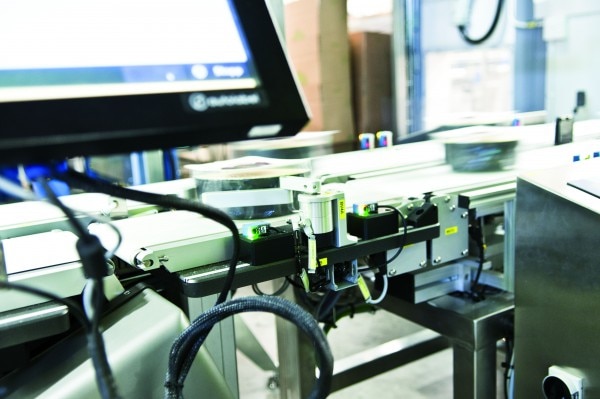Up to 3,000 cheese products an hour are weighed and given the correct label in the new production line at the Arla Food dairy in Götene. Autolabel AB, a print and apply machine manufacturer based in Göteborg, have developed an advanced labeling system utilizing a large number of sensors from SICK. 
Labeling products is an essential step, as not a single cheese product can be sent to the store without a complete and clear label. Autolabel in Göteborg specialize in developing advanced labeling systems for the manufacturing industry. Capacity has been increased with a new labeling line at the Arla dairy in Götene. The collaboration between Arla and Autolabel is about to enter into its fourth year. They make user-friendly applications we can endorse, says Johan Kjellström, Technical Project Manager at Arla Foods.
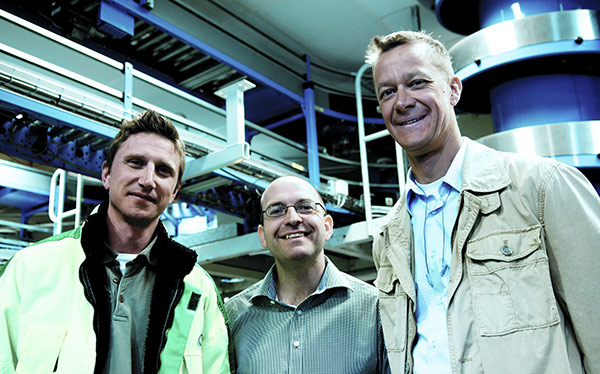 From left: Johan Kjellström, Technical Project Manager at Arla Foods, Robert Ernofsson, Sales Engineer at SICK, and Martin Dijkstra, Marketing Manager at Autolabel
From left: Johan Kjellström, Technical Project Manager at Arla Foods, Robert Ernofsson, Sales Engineer at SICK, and Martin Dijkstra, Marketing Manager at Autolabel
Cheddar cheese is particularly popular during the Christmas season, explains Johan Kjellström. We start working in three shifts every year in November, and a few weeks ago we put a new line into operation. You really need to have faith in the system to be able to make such a decision. Arla trusts in Autolabel. We built up a large part of the line at our premises during the development phase in order to be able to do accurate tests together with Arla, reports Martin Dijkstra, Marketing Manager at Autolabel. The hard part is finding the simple solution that always works, adds Johan Kjellström. The test system was then installed on-site in Götene and in the end, everything worked flawlessly. The new line weighs and labels around 3,000 cheese products an hour.
Sensors from SICK increase efficiency in labeling
The labeling system actually consists of two smaller parallel lines with separate conveyor belts. During normal operation, the products are divided equally between the conveyor belts, but if one stops or needs maintenance, the cheese is guided to the other, functioning conveyor belt. This means that the label roll can be changed during operation, with only slightly lower total capacity.
The line is monitored and controlled with the help of a large number of sensors from SICK:
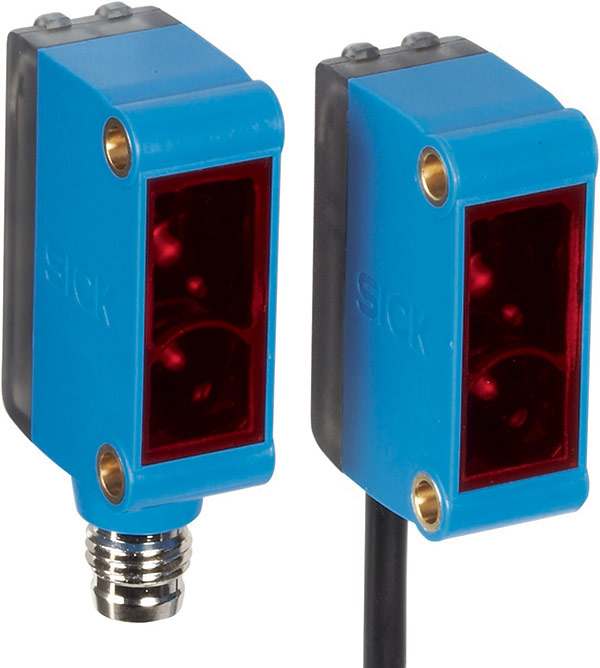
The GL6 light barrier outputs a clear, compact light spot and is used, among other things, for the timing of the conveyor belts, when the cheese products on the two lines have to be brought into one. This can be compared to road traffic, when two lanes have to merge into a single lane. In the production line, this happens at a speed of about 80 products a minute. The label enters the narrow joint between the two sections of the transporter and is attached to the underside of the product for easy viewing in the store checkout system.
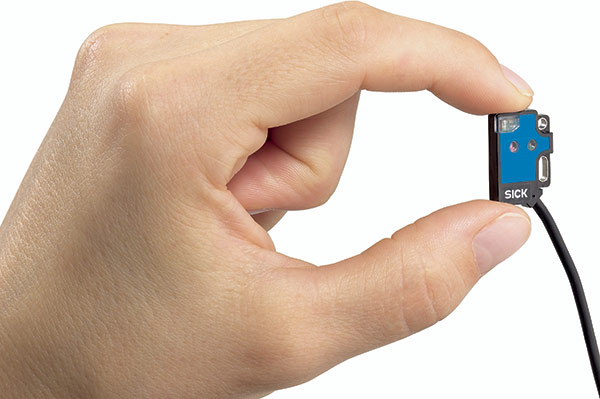
Autolabel uses the WT2F-P170 light barrier as a label sensor to check whether the label has left the applicator plate.

Finally, the CLV622 bar code reader then checks that the bar code is in place and is of the required quality.
Video: Autolabel at Arla Foods
Increased operational safety with vision sensor
The Autolabel system works very well and the flexible platform provides a future-proof and scalable solution. Together with Arla and SICK, the possibility of using the Inspector i10 2D vision sensor to improve function and operational safety even further is being investigated. The vision sensor is installed in the line and whenever necessary can be used to monitor the position of each cheese product, but also to make sure whether the Arla brand label is correctly placed on top of the packaging.
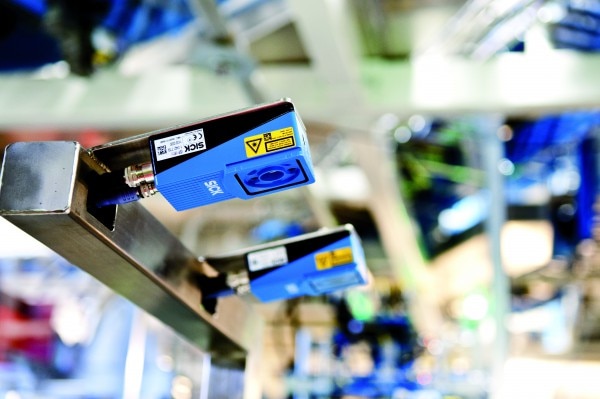 Inspector i10 2D vision sensor
Inspector i10 2D vision sensor
The implementation of Autolabels new labeling system has shown that intelligent sensor technology from SICK permits flawless performance in cheese production. We want products from SICK and annotate that in our requirement specifications, says Johan Kjellström.
- Product information: GL6 miniature photoelectric sensor, WT2F-P170 miniature photoelectric sensor, CLV622 bar code scanner, Inspector i10 2D vision sensor
- Product portfolio: miniature photoelectric sensors, bar code scanners, 2D vision
- Customer information: Arla Foods, Autolabel AB
